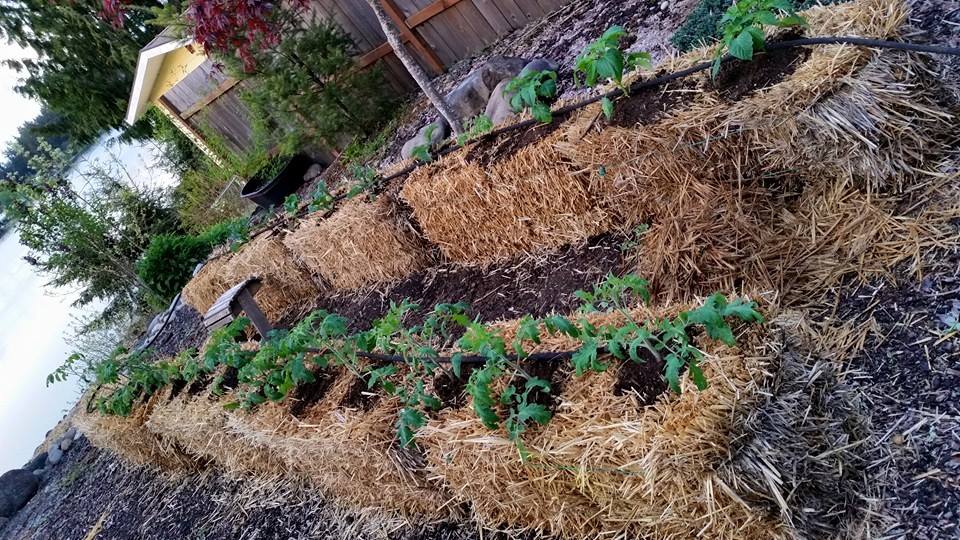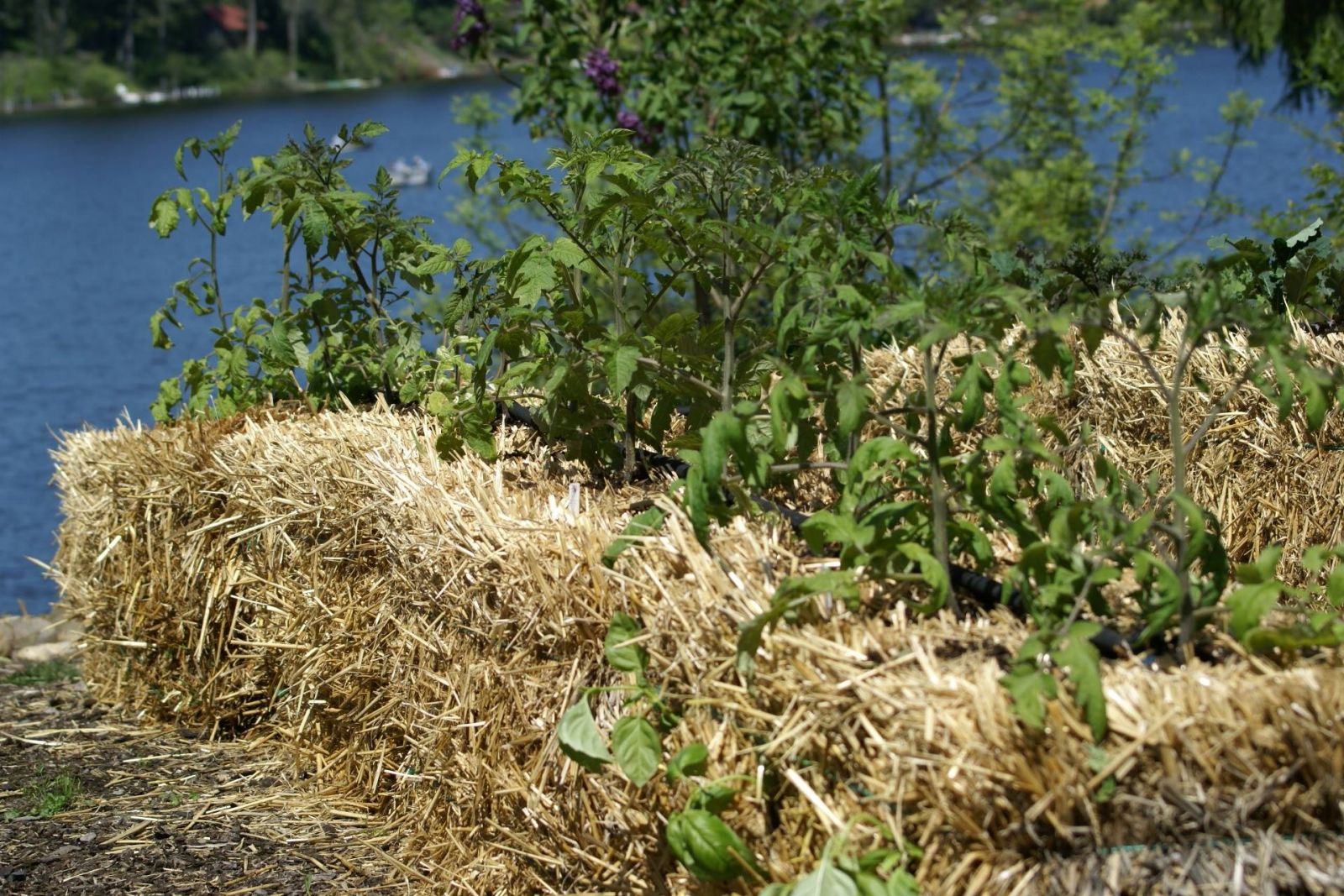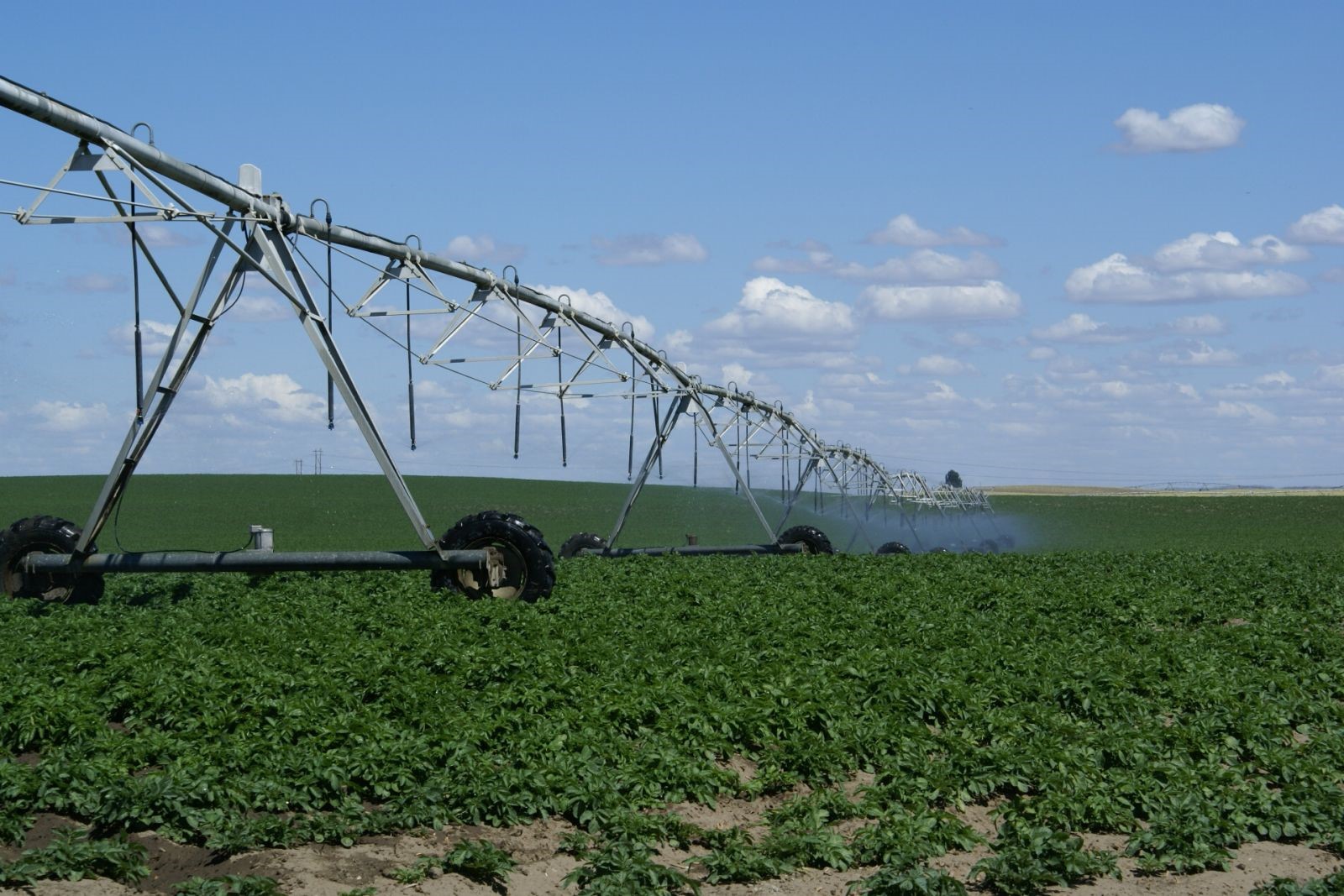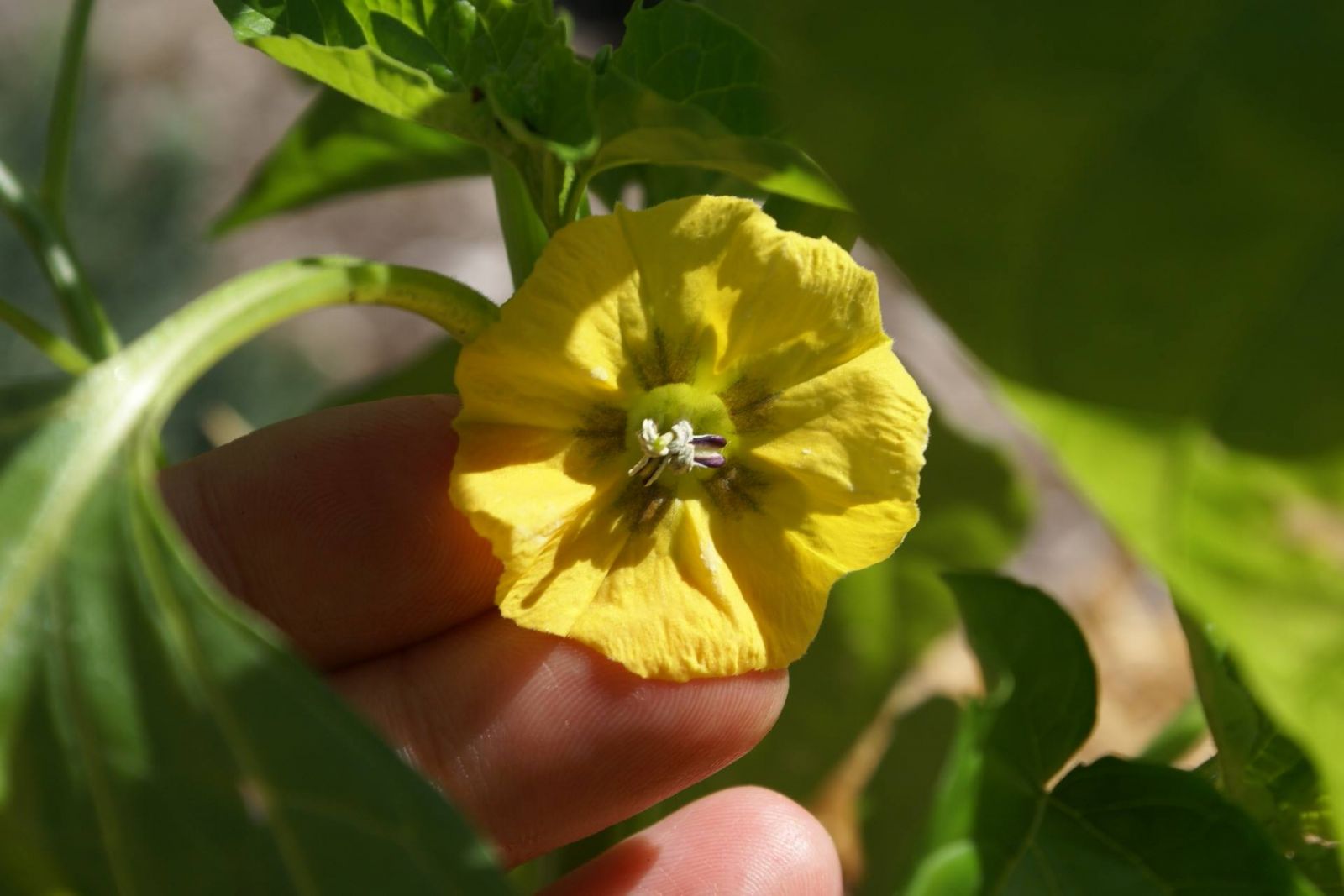To Plant or Not to Plant

TO PLANT OR NOT TO PLANT
A Matter of Life and Death
 How many of you, like me, just can’t wait to get those starts in the garden? I have to confess, I have totally caved already.
How many of you, like me, just can’t wait to get those starts in the garden? I have to confess, I have totally caved already.
I actually have my kale, tomatillo, and tomato seedlings that I started indoors this winter already planted out in my straw bale garden! It’s a bit risky, but I decided to take the risk considering that so far this year our weather has been warmer than normal, the straw bales themselves give off some heat which keeps my plants warmer at night, and I live in a very mild area where getting a hard freeze at this point is unlikely.
 So how does one decide – whether they are a gardener or farmer – when it is time to plant? It literally is a decision of life and death – plant too early and you could lose an entire crop! This may not be too devastating for a home gardener who can usually go to the garden center and just get a few more seedlings, but imagine having to replant tens or hundreds – even thousands – of acres. I recall one time in late April when I rode off to school on the bus and watched my dad changing the irrigation on our fields that were covered with snow from the night before. Timing is vital for farmers and gardeners.
So how does one decide – whether they are a gardener or farmer – when it is time to plant? It literally is a decision of life and death – plant too early and you could lose an entire crop! This may not be too devastating for a home gardener who can usually go to the garden center and just get a few more seedlings, but imagine having to replant tens or hundreds – even thousands – of acres. I recall one time in late April when I rode off to school on the bus and watched my dad changing the irrigation on our fields that were covered with snow from the night before. Timing is vital for farmers and gardeners.
 There are two main things to consider when deciding when to plant: where you live and what you are planting. The first thing you need to know is your average last frost date, which you can look up here for most Washington towns. Once you know when your average last frost date is, check your seed packets for information. Most will tell you when to plant seeds or seedlings relative to the last frost date. For example, it may tell you to sow seeds 2 weeks prior to your average last frost date.
There are two main things to consider when deciding when to plant: where you live and what you are planting. The first thing you need to know is your average last frost date, which you can look up here for most Washington towns. Once you know when your average last frost date is, check your seed packets for information. Most will tell you when to plant seeds or seedlings relative to the last frost date. For example, it may tell you to sow seeds 2 weeks prior to your average last frost date.
Some crops can be sown much earlier than the last frost date because they have the ability to withstand a least some freezing temperatures and not be killed. Examples of these types of crops include peas, kale, broccoli, and potatoes. These crops are often called “cool” crops, meaning they often grow best in cooler weather.
 Other “warm” crops can’t withstand freezing or cold temperatures or must have warm soil to germinate, such as tomatoes, squash, beans, and corn. These should generally be planted well after the last frost date. Some warm crops, like tomatoes, must be started indoors or in a greenhouse in Washington in order to get a crop before it freezes again in the fall.
Other “warm” crops can’t withstand freezing or cold temperatures or must have warm soil to germinate, such as tomatoes, squash, beans, and corn. These should generally be planted well after the last frost date. Some warm crops, like tomatoes, must be started indoors or in a greenhouse in Washington in order to get a crop before it freezes again in the fall.
I just got back from Eastern Washington and it was amazing to see how much was growing in the fields already! Potato plants a foot tall, onions stretching to the sky, and pea fields with the tendrils going crazy in the spring sunshine. Not to mention the vineyards and orchards that are leafing out. Many farmers have already been busy planting almost all but the most cold sensitive crops in our state, so I think we should get planting, too!
 So what are you going to be planting this weekend? It looks like it is going to be a beautiful one!
So what are you going to be planting this weekend? It looks like it is going to be a beautiful one!
Garden on!
